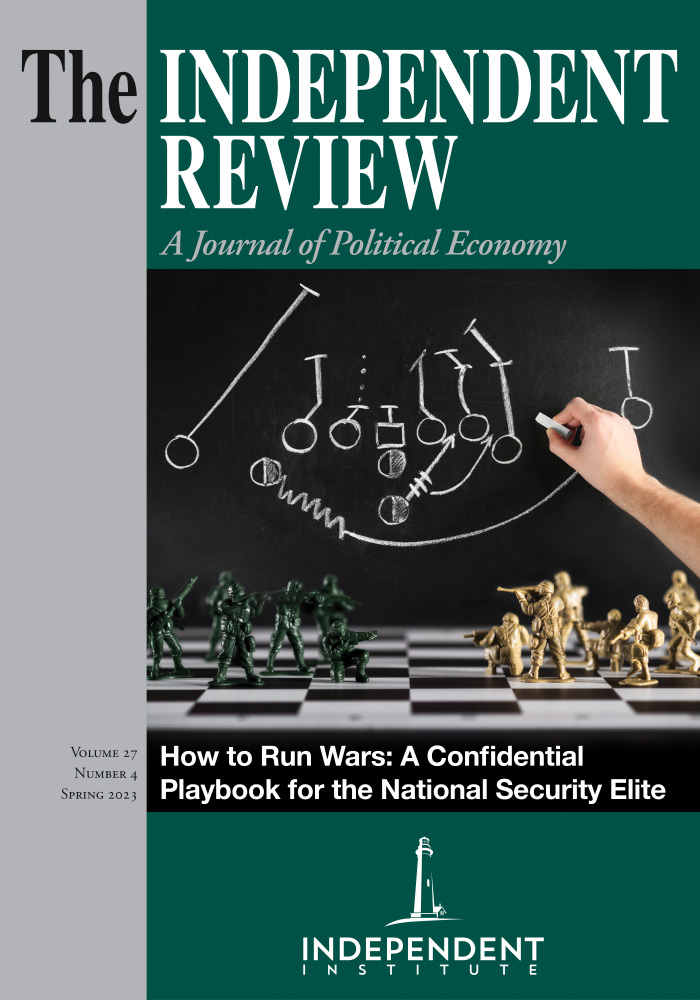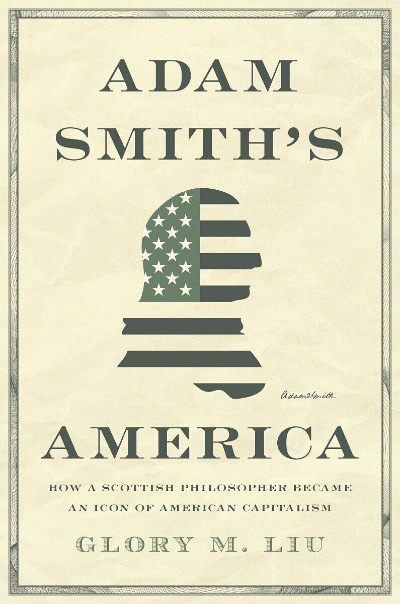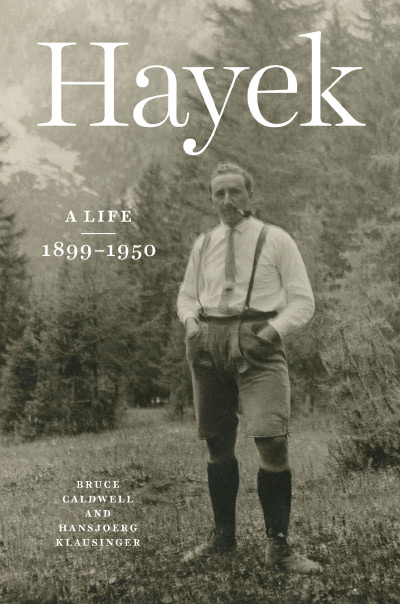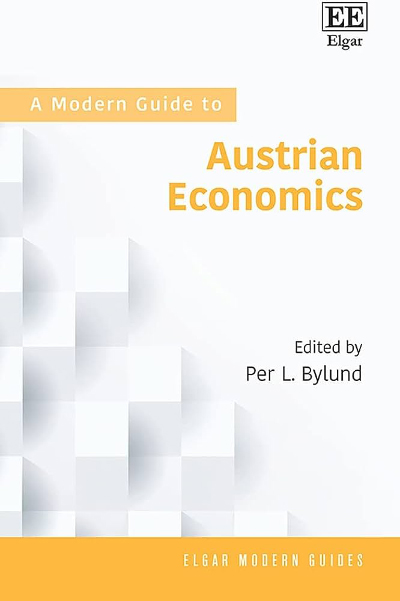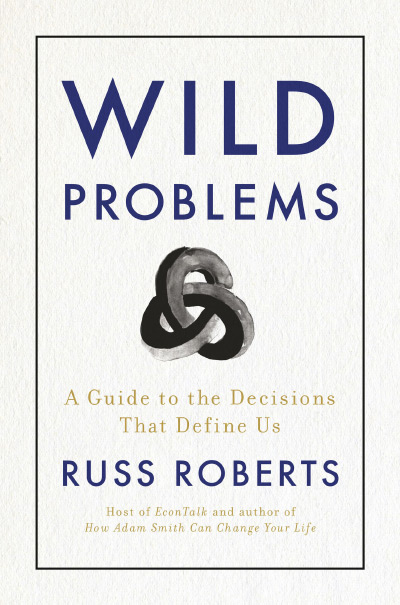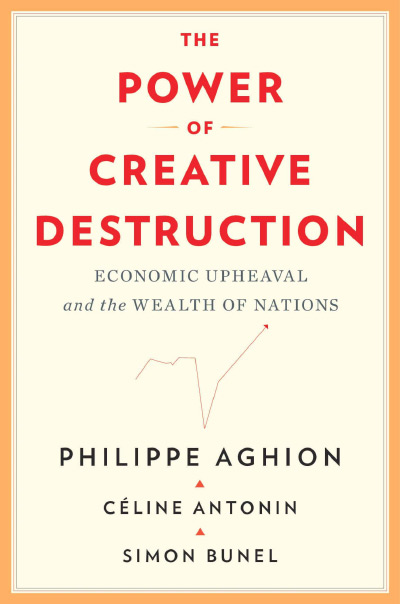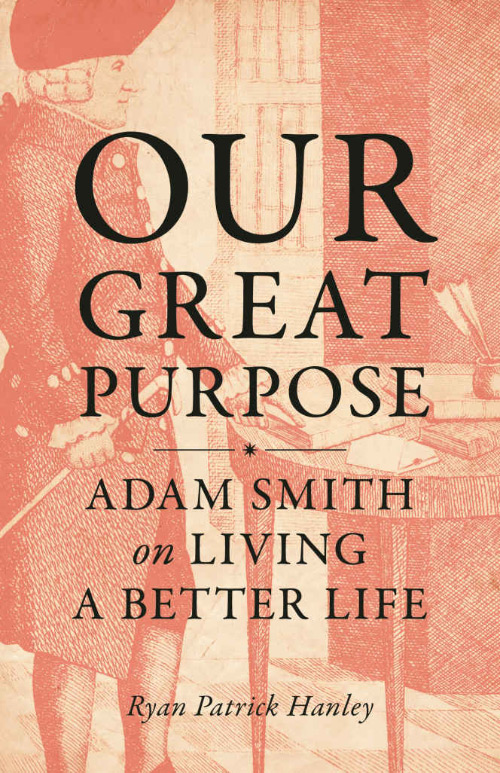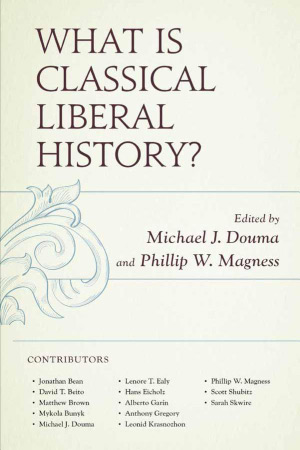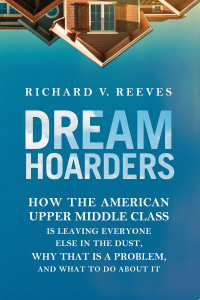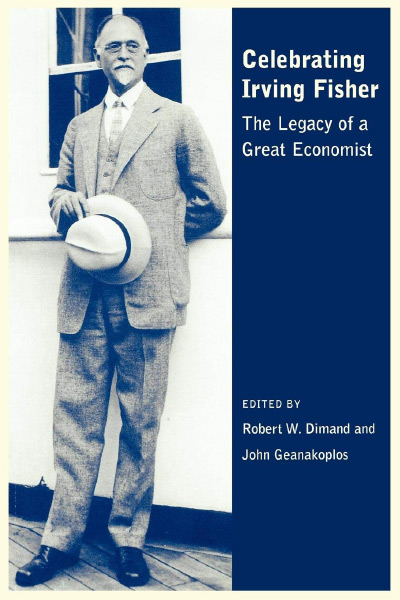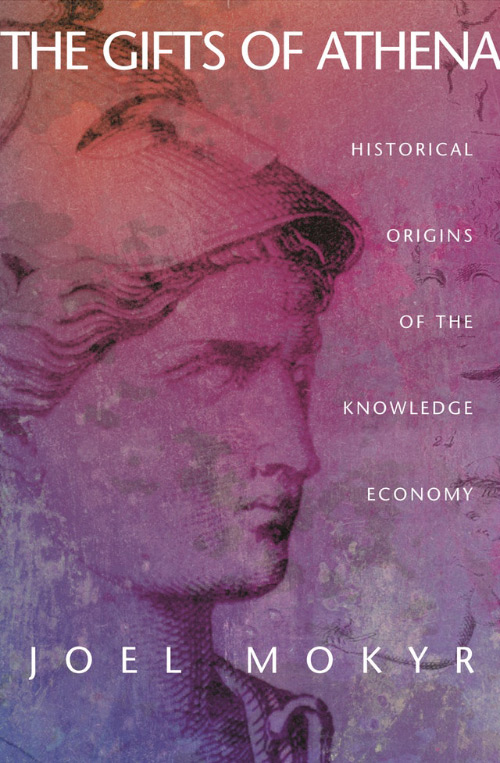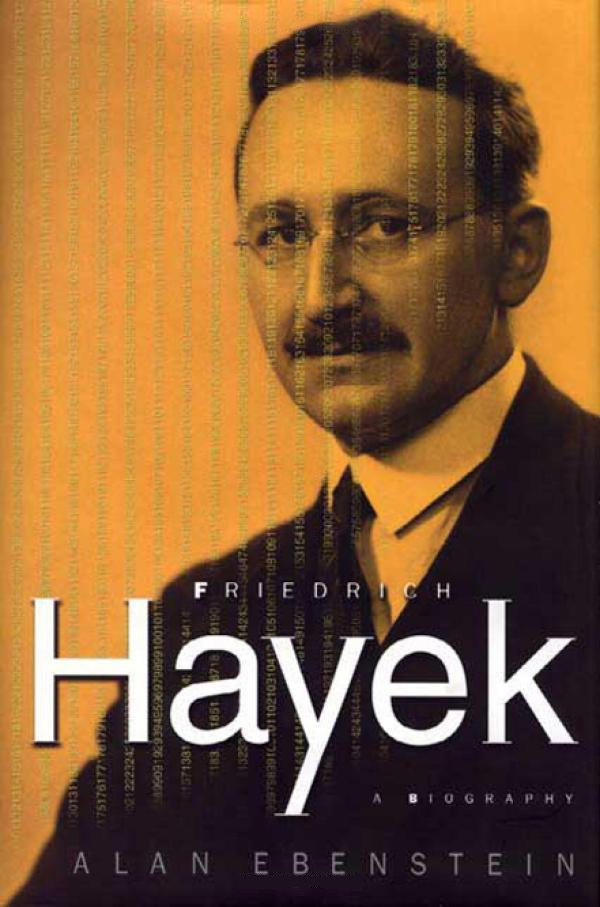There is no apparent impartial spectator of Adam Smith’s work, claims Glory Liu in Adam Smith’s America. Adam Smith has been presented as an icon throughout American history by figures on opposite sides of the political spectrum. Thomas Jefferson in 1790 called the Wealth of Nations (WN), the “best book extant” on political economy (p. 21), while Alexander Hamilton “simply cribbed” from WN in his 1791 “Report on Manufacturers” (p. 38 – 9). From the nation’s founding to the present day, Smith is invoked to lend credence to positions on economic policy and the philosophy of a commercial society. Liu hopes to untether Smith from his present reputation as a laissez-faire Chicago economist, by drawing our attention to the many ways Smith has been interpreted and the various figures who have championed him. The book self-consciously does a “reception history.” How were Smith’s writings received throughout American history, and how were his ideas leveraged in the context of particular policy debates? The book does a good job of presenting the varied American views of Smith over two centuries, but by not being clear about which views of Smith reflect the Scot accurately, Liu appears to tacitly suggest that Smith’s original intentions have been manipulated. A claim that present ideological views were “forcefully retrojected” (p. 252) onto a former thinker requires an investigation of how that former thinker ought to be related to today’s intellectual climate.
After a brief biography of Smith, the book proceeds through various periods of U.S. history and the way Smith was received in them. The first chapter, on the reception of Smith during the American Founding, is delightful. Jefferson, Hamilton, Adams, and Madison all admired Smith and it shows in both their writing and statecraft. The common conception that America’s founding was primarily about asserting inalienable Lockean rights overlooks the robust Smithian ideas in the Federalist papers (p. 32), John Adams’ Discourses on Davila (p. 61 – 3), and other important American works. Later characters in Liu’s narrative are more academic. The second and fourth chapters focus on the usage of Adam Smith in nineteenth century American universities, where he came to prominently hold the title as the founder of economics, and how the reputation of Smith clashed with Americans influenced by the German Historical School. The third chapter describes how Smith’s ideas were leveraged in the debate on tariffs surrounding the American Civil war (surprisingly by both pro and anti-tariff camps). The fifth and sixth chapters focus on the Chicago school, Old and New, and hold that the Smith presented by George Stigler and Milton Friedman is not only shallow and inaccurate but deviated from the more nuanced views of their predecessors Frank Knight and Jacob Viner. The book concludes with a chapter on the perspectives on Smith since the 1980s, that hoped for a view of Smith that integrated his moral philosophy, historical political economy, and economics.
When Liu attempts to characterize the Chicago interpretation of Smith, she primarily refers to the writing of George Stigler. Further, she often attributes Stigler’s idea of Smith to Friedman by osmosis. Stigler’s view of Smith was that WN “is a stupendous palace erected upon the granite of self-interest” (1971, Smith’s Travels on the Ship of State, History of Political Economy, 3(2): 265 – 277). That self-interest has clear, and unambiguous content across time and place is a simple assumption for Stigler, leading him to a rather flat view of Smith’s work as a whole. If “self-interest” is taken as a straightforward concept, there’s little room for humans to negotiate and moralize, themes central to Smith’s other major works. Liu is right to point out this weakness in Stigler’s Smith, but the view is not successfully attributed to Friedman other than by association.
Stigler’s Smith is even less properly associated with other Chicago School proteges of the same generation. Notably absent is Ronald Coase, a Nobel Prize-winning Chicago economist who extensively engaged with Smith’s Theory of Moral Sentiments. Coase writes,
It is wrong to believe, as is commonly done, that Adam Smith had as his view of man an abstraction, an ‘economic man,’ rationally pursuing his self-interest in a single-minded way. Smith would not have thought it sensible to treat man as a rational utility-maximiser. He thinks of man as he actually is—dominated, it is true, by self-love but not without some concern for others, able to reason but not necessarily in such a way as to reach the right conclusion, seeing the outcomes of his actions but through a veil of self-delusion. (1976, Adam Smith’s View of Man, Journal of Law and Economics, 19(3): 529 – 546)
Neither is James Buchanan mentioned as another Nobel Prize-winning Chicago-trained economist who often referred to Smith as an influential figure for his own thought. Strangely, the only economist who Liu seems to commend for their reading of Smith is Friedrich Hayek. “Though Hayek’s readings of Smith may have been opportunistic, they were not inaccurate” (p. 223). By not stating too clearly her own view on the proper interpretation of Smith, nor precisely in what way Hayek was opportunistic, Liu is able to make bold statements to the effect that “Hayek, Stigler, and Friedman transformed Smith” (p. 225). Any recasting of Smith’s ideas into a modern setting (a task that modern Smith scholars are eager to do) requires some degree of transformation (or at least transposition). It prompts the question of whether the transformation necessarily changes the essential character of Smith’s thought.
By attributing the Chicago interpretation of Smith to political motivations, Liu buries the lede that the Chicago Smith is a tainted version. Without saying it, she suggests to the reader that if Smith were alive today, he would not necessarily support largely self-regulating markets, or at least that from his writings alone we ought to remain agnostic about what he would say today. Not only is the nature of Smith’s policy claims up for grabs, but the status of economic science as something that can make claims outside of a particular historical context is always in the background of the debate. In the nineteenth century, many of Smith’s critics argued that dogmatic laissez-faire policy conclusions were a result of economics making a false claim to have the status of general science. Part of the book’s subtle argument is that when Smith’s Lectures on Jurisprudence (LJ) surfaced in the 1890s, Smith’s arguments in WN could be interpreted in a historical context that Smith himself recognized. The “Chicago Smith” is then a figure who backtracks on this development by attributing contemporary policy views to him, turning back the clock to before the LJ were discovered.
The interpretive strategy being proposed by Liu is that if there are at least some elements of historical contingency in Smith’s conclusions, we must at the very least remain agnostic about what he would say at any other period. Therefore, the presentation of Smith by Friedman in Free to Choose as a staunch supporter of low taxes, globalization, and deregulation of markets attributes claims to Smith irresponsibly. The premise here is flawed. It is true that Smith did not make an argument in the style of Carl Menger (2020, The Errors of Historicism in German Economics, Econ Journal Watch 17(2): 442 – 507) defending the universal applicability of economic theory. But Smith’s style is much closer to Hume’s method of finding patterns that apply generally across history (1987, That Politics May be Reduced to a Science, in Essays, Moral, Political, and Literary, 14 – 31, Indianapolis: Liberty Fund,). Hume, in order to argue that politics (read political economy) can be a general science, discusses the general effects of political constitutions from Ancient Rome to contemporary Britain, and concludes with some recommendations for the present British constitution based on his investigations. In staking out a claim, Smith gives repeated examples across time and place to back up his point concluding that trade and the institutions which support it have been the cause of wealth since the earliest recorded human history and across the globe. His recommendations for policy are not crippled by the fact that he recognizes historical contingencies and caveats to his fundamentally general claims.
I recommend reading Adam Smith’s America for two reasons. First, to benefit from the thorough scholarship on the history of Smith’s ideas in America. Second, to inoculate yourself against the specter that a non-dogmatic Smith implies a left-wing Smith (or at least a non-right-wing Smith). If it’s true that elements of historical contingency in a theory make reading old texts an exercise in futility, then neither the left nor the right can gain from staking a claim in the founder of political economy. The ability to accurately transpose a thinker from the past is a skill in its own right. In order to judge whether Smith would have supported some given policy today, read Smith himself and argue your conclusions from his still fertile stories of the dynamic loquacious spirit of humanity.
| Other Independent Review articles by Marcus Shera | |
| Winter 2023/24 | Power and Progress: Our Thousand-Year Struggle over Technology and Prosperity |
| Spring 2022 | Plagues upon the Earth: Disease and the Course of Human History |

